Braunsia plants possess distinct characteristics that make them visually appealing. These shrublets or creepers feature partially fused leaves with serrated edges, adding a touch of uniqueness to their appearance. The gray-green color of their leaves provides an elegant backdrop to the vibrant flowers they produce.
Appearance of Braunsia Plants
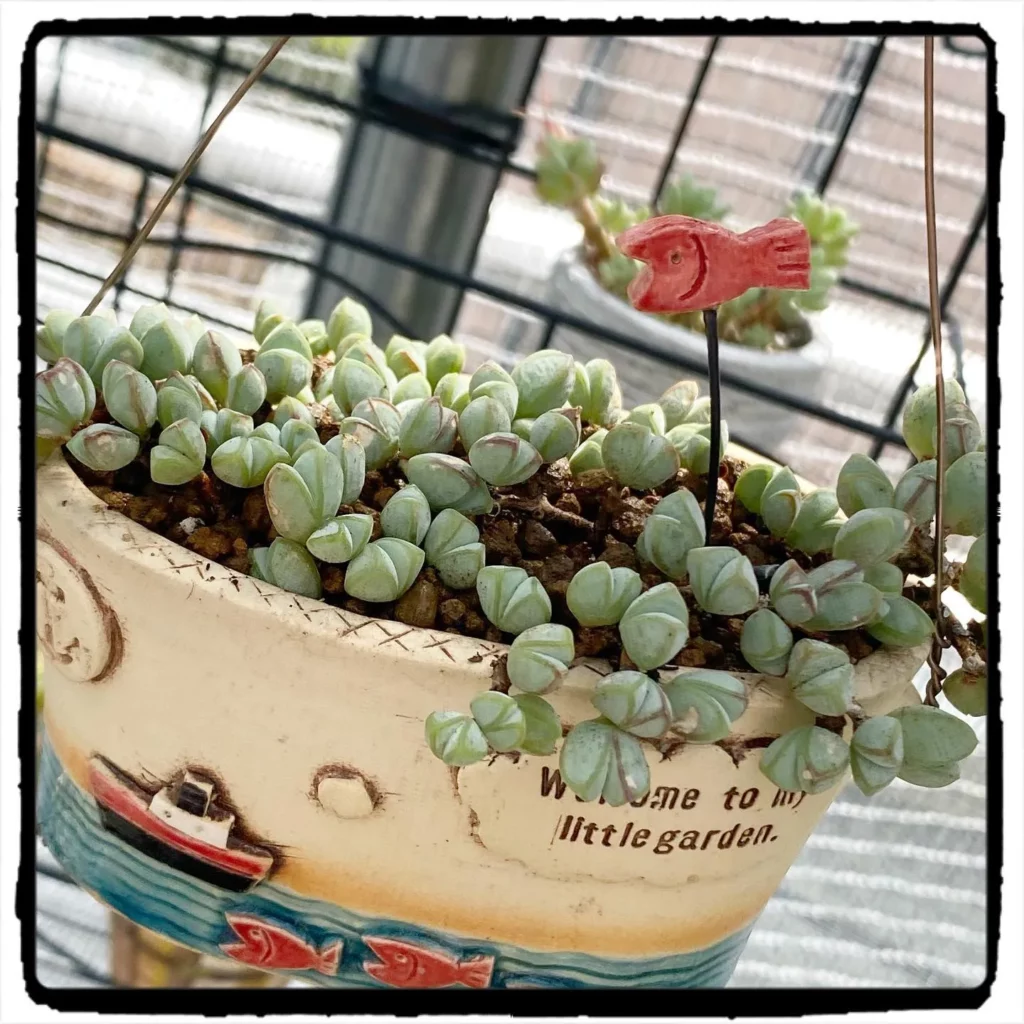
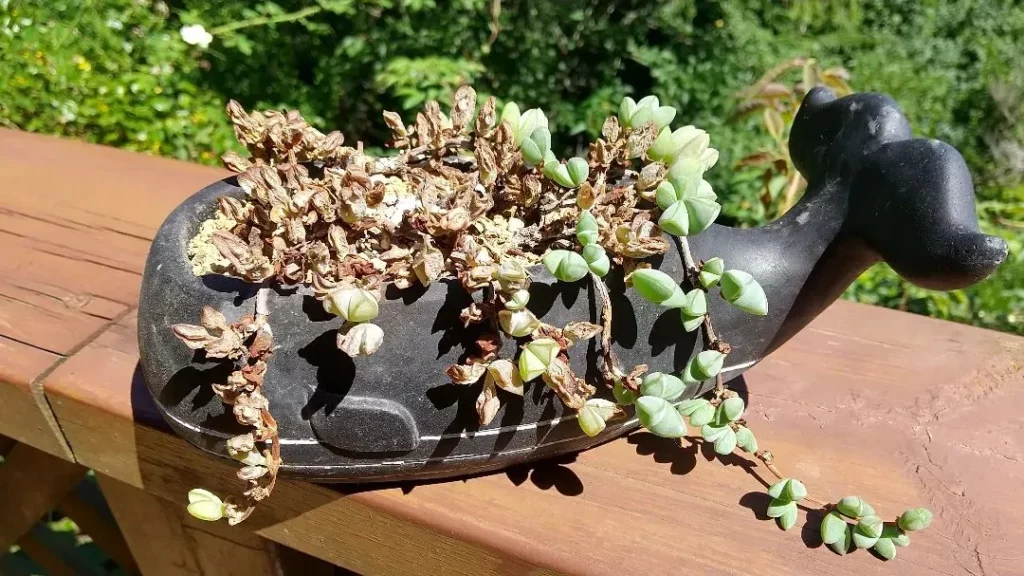
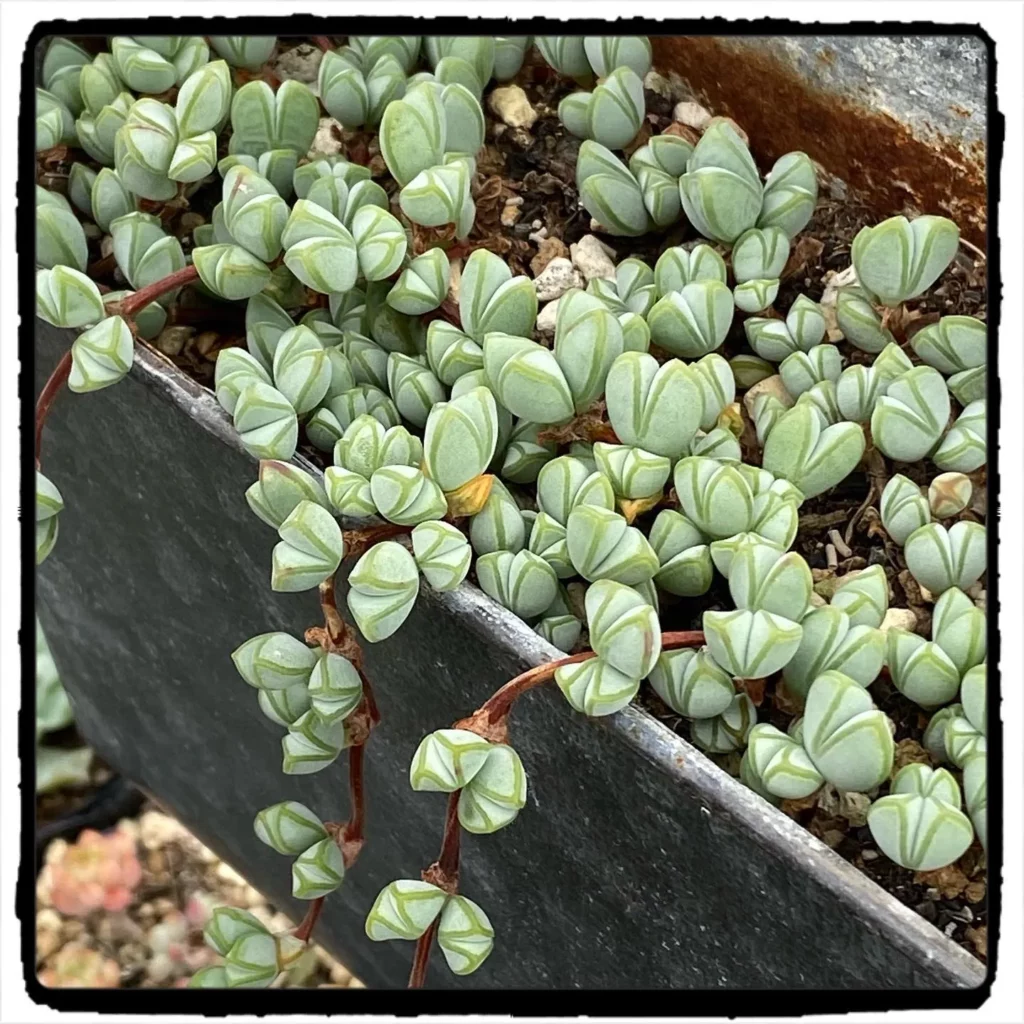
The highlight of Braunsia plants is undoubtedly their stunning flowers. During the winter and spring seasons, these plants bear flowers in a range of colors, including salmon, pink, and white. Whether planted in gardens or displayed indoors, the blossoms of Braunsia plants enhance any space with their beauty and charm.
If you’re seeking a plant that stands out with its attractive features, Braunsia is an excellent choice. Its fusion of serrated leaves and radiant flowers creates a captivating display that is sure to impress.
Light Requirements for Braunsia Plants
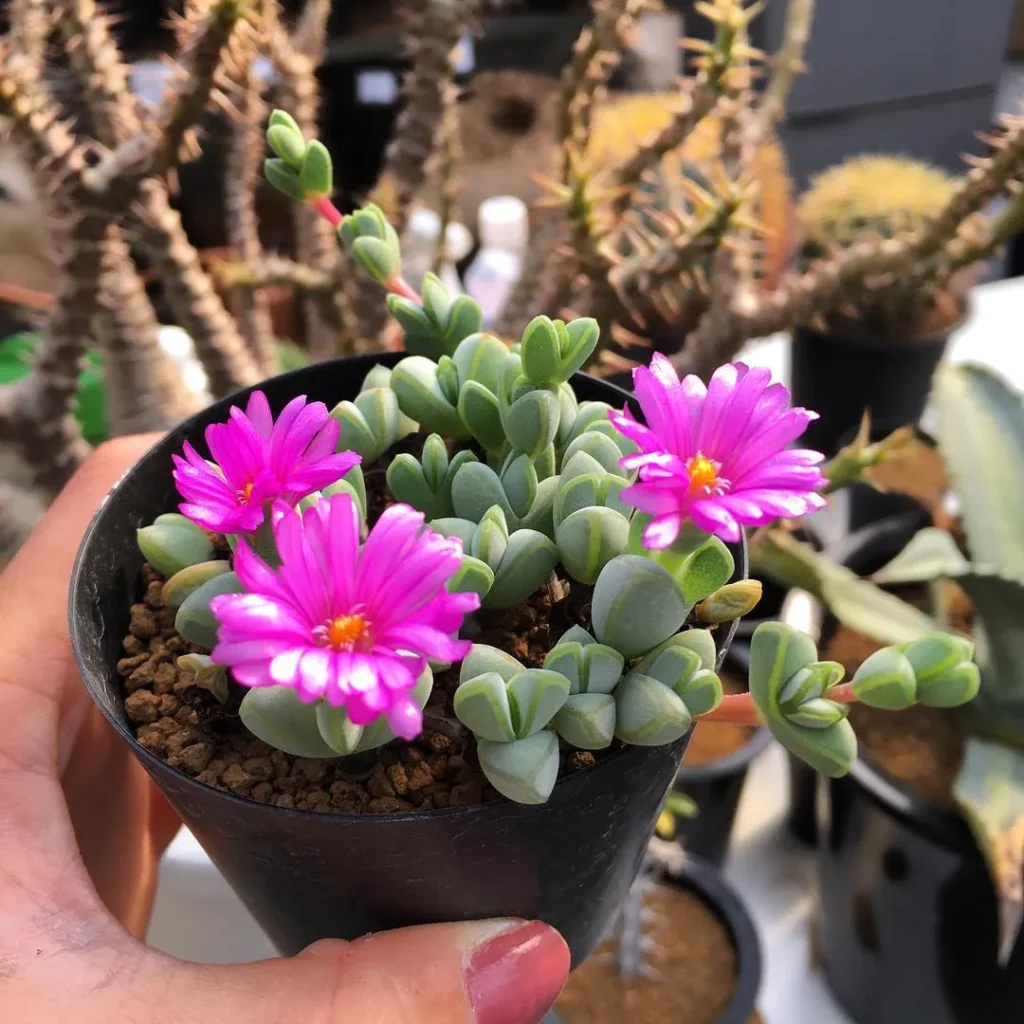
For the healthy growth and development of your Braunsia plants, it is crucial to provide them with the right amount of light. These plants thrive in bright shade during the summer season and require full sun during the other seasons. While they enjoy a good amount of sunlight, they can also tolerate some shade.
During the summer months, place your Braunsia plants in an area where they can receive bright shade. This means providing them with indirect sunlight and protecting them from intense midday sun. A shaded corner of your garden or patio would be an ideal spot.
During the rest of the year, when the days are shorter and the sunlight is less intense, your Braunsia plants will benefit from being exposed to full sun. Place them in an area where they can receive direct sunlight for at least a few hours each day. A sunny windowsill or a spot in your garden that receives ample sunlight would be perfect.
Watering Braunsia Plants
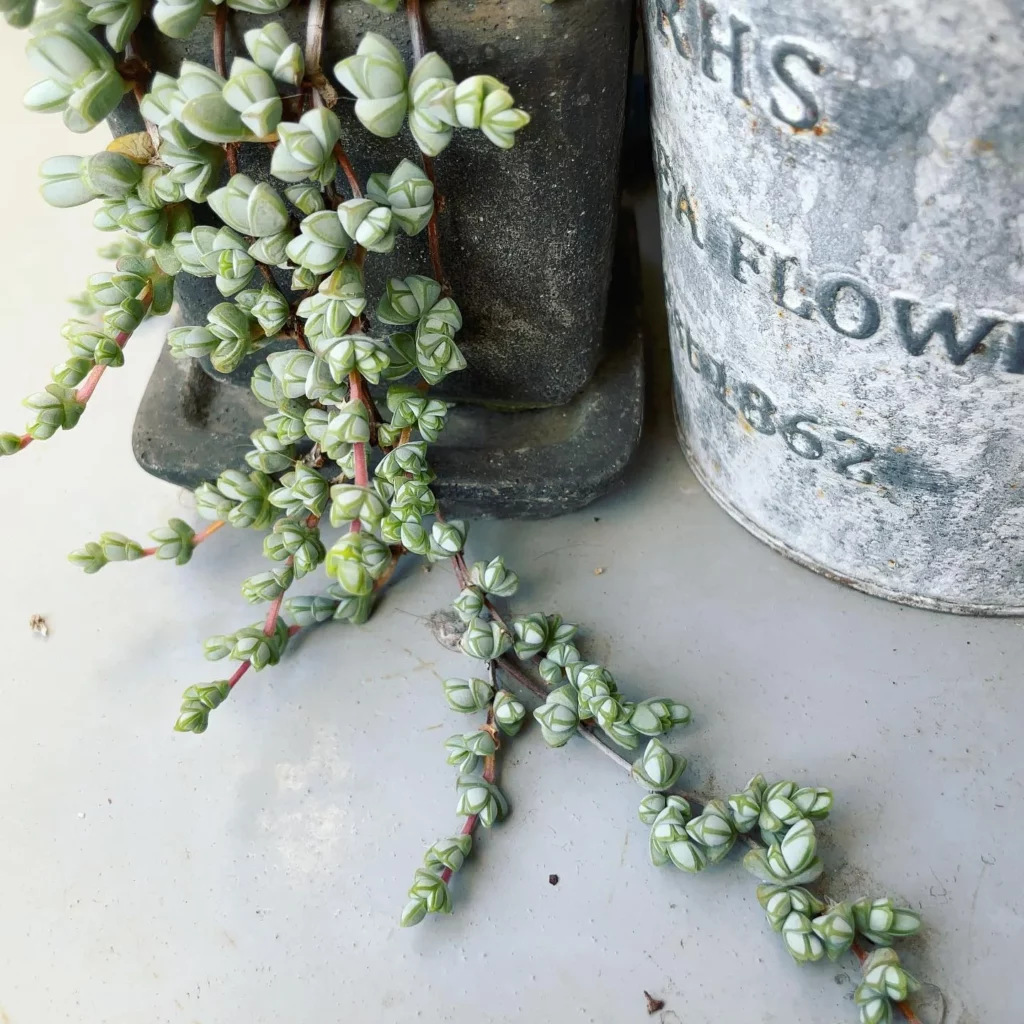
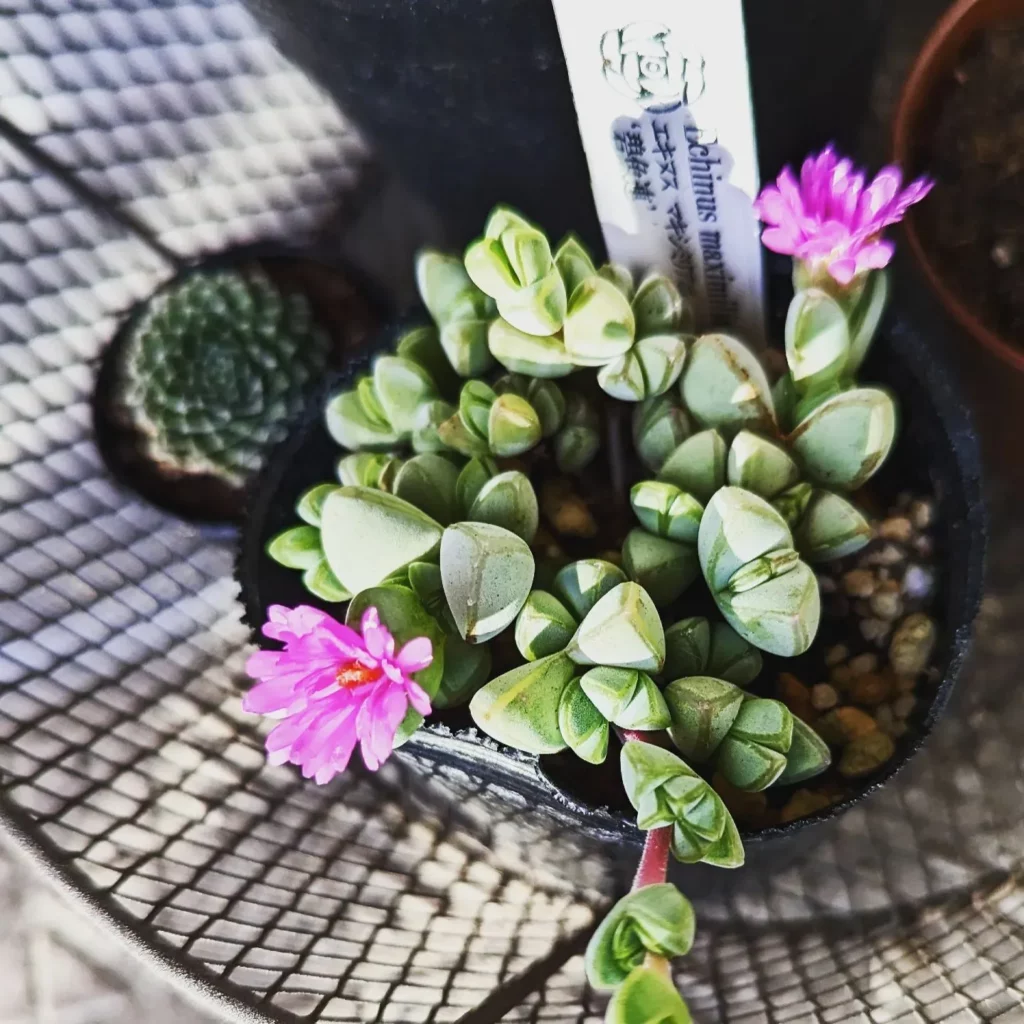
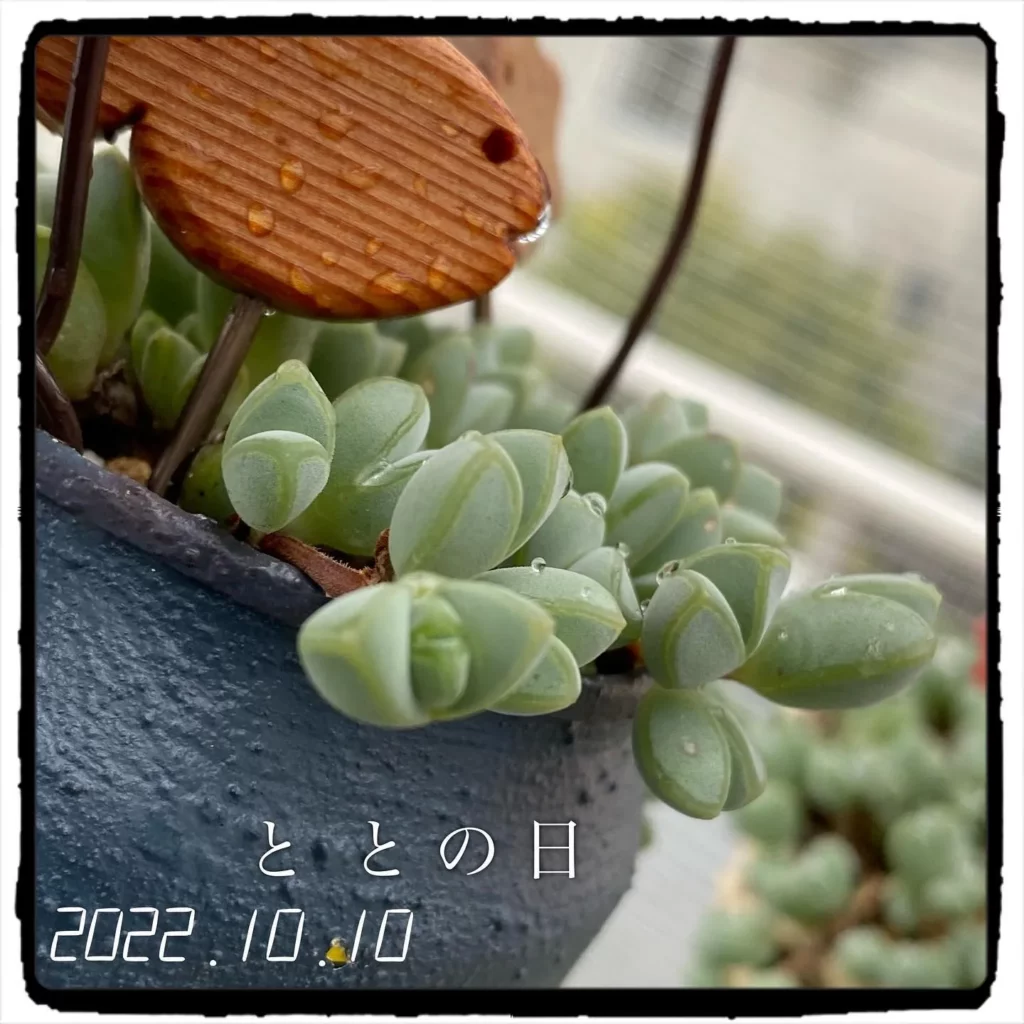
Proper watering is crucial for the healthy growth and development of Braunsia plants. These moderately slow-growing succulents require a specific watering schedule to thrive.
During the late fall to early spring, when Braunsia plants are in their active growth phase, it is recommended to provide moderate watering. This will ensure that the plants have enough moisture to support their vibrant foliage and beautiful flowers.
However, it is important to keep the soil somewhat dry for the rest of the time. Braunsia plants thrive in porous soils with excellent drainage. Too much water can lead to root rot and other issues, so it is essential to avoid overwatering.
Checking Soil Moisture Before Watering
Before watering your Braunsia plants, it is advisable to check the moisture level of the soil. This can be done by inserting your finger about an inch deep into the soil. If the soil feels dry at this depth, it is an indication that the plants need watering. If the soil feels moist, it is best to wait before watering again.
No products found.
Watering Schedule
Establishing a watering schedule for your Braunsia plants can help provide them with consistent moisture without the risk of overwatering. As a general guideline, watering once every 7 to 10 days during the active growth phase should be sufficient.
However, it’s important to note that watering frequency can vary depending on factors such as temperature, humidity, and the specific needs of your plants. It’s always best to monitor the soil moisture and adjust the watering schedule as needed.
Tips for Watering
Here are some additional tips to ensure optimal watering for your Braunsia plants:
- Use room temperature water to avoid shocking the plants.
- Water the soil directly, taking care not to wet the leaves or flowers excessively.
- Ensure that water drains freely from the bottom of the pot after watering.
- Consider using a moisture meter to accurately assess the moisture level of the soil.
No products found.
Fertilizing Braunsia Plants
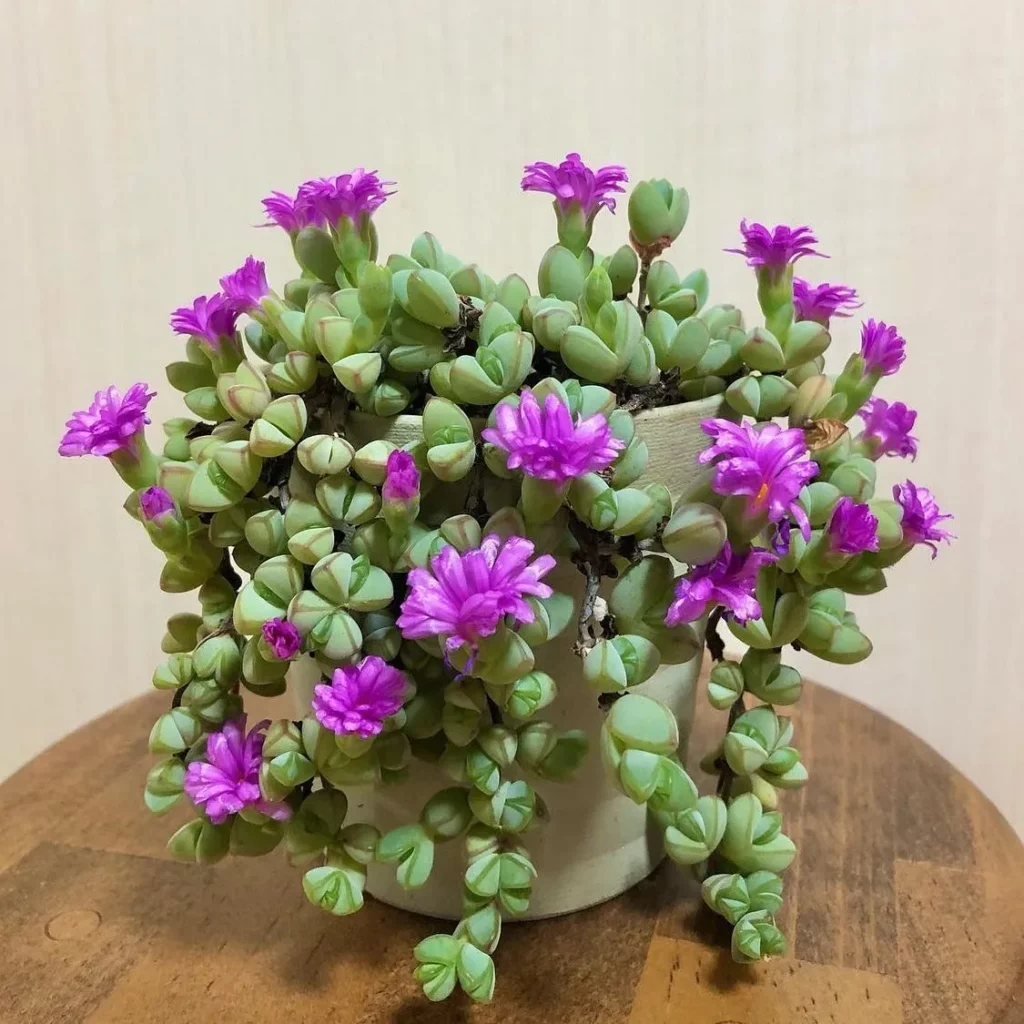
Braunsia plants are relatively low-maintenance when it comes to fertilizing. Most potting soils already contain sufficient nutrients to support their growth. However, it is still important to replenish these nutrients to ensure the plants remain healthy and vibrant. Here are some guidelines for fertilizing your Braunsia plants:
- Timing: Feeding your Braunsia plants during their growing season is crucial. This is typically during the spring and summer months when the plants are actively growing and producing new leaves and flowers. Avoid fertilizing during the dormant periods in fall and winter.
- Type of fertilizer: Choose a balanced, water-soluble fertilizer specifically formulated for succulent plants. Look for a fertilizer with a nutrient ratio of 10-10-10 or 20-20-20. These ratios ensure a good balance of essential nutrients that Braunsia plants require for optimal growth.
- Application method: Dilute the fertilizer according to the instructions on the packaging. Apply the diluted fertilizer to the soil around the base of the plants, taking care to avoid getting it on the leaves. Water the plants thoroughly after fertilizing to ensure proper absorption of nutrients.
- Frequency: Braunsia plants do not require frequent fertilizing. As a general rule, it is recommended to fertilize your plants every 4-6 weeks during their growing season. However, always check the specific instructions on the fertilizer packaging for the most accurate recommendations.
No products found.
Potting Braunsia Plants
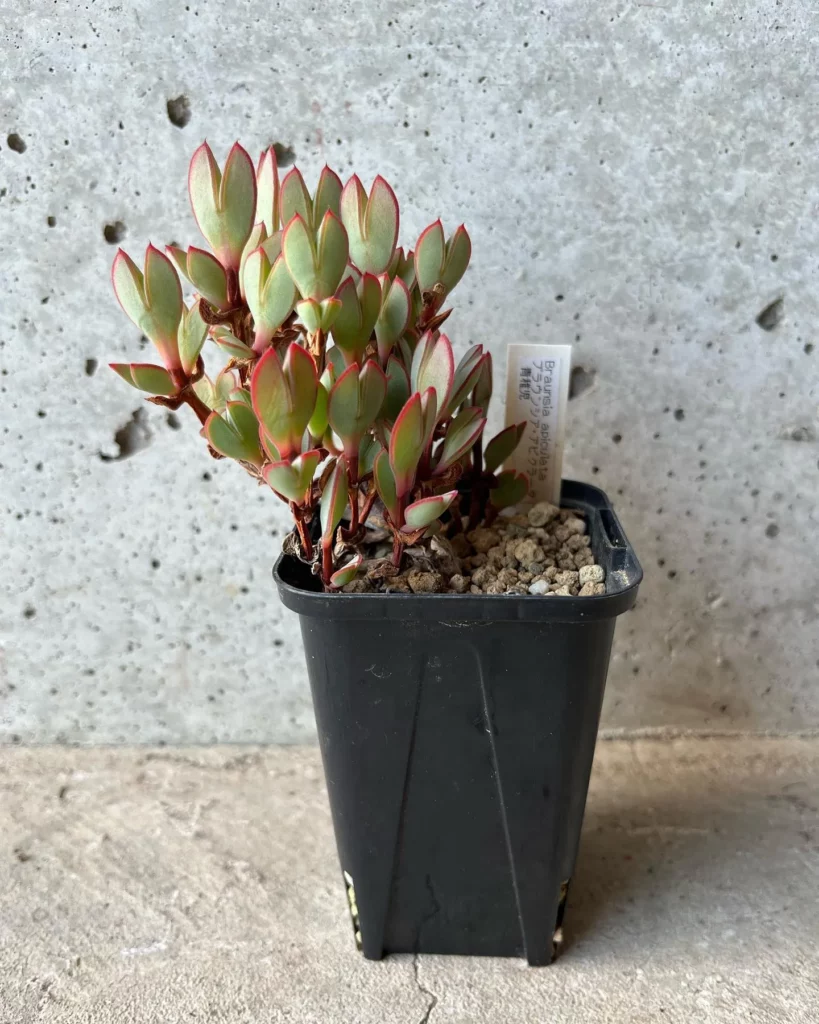
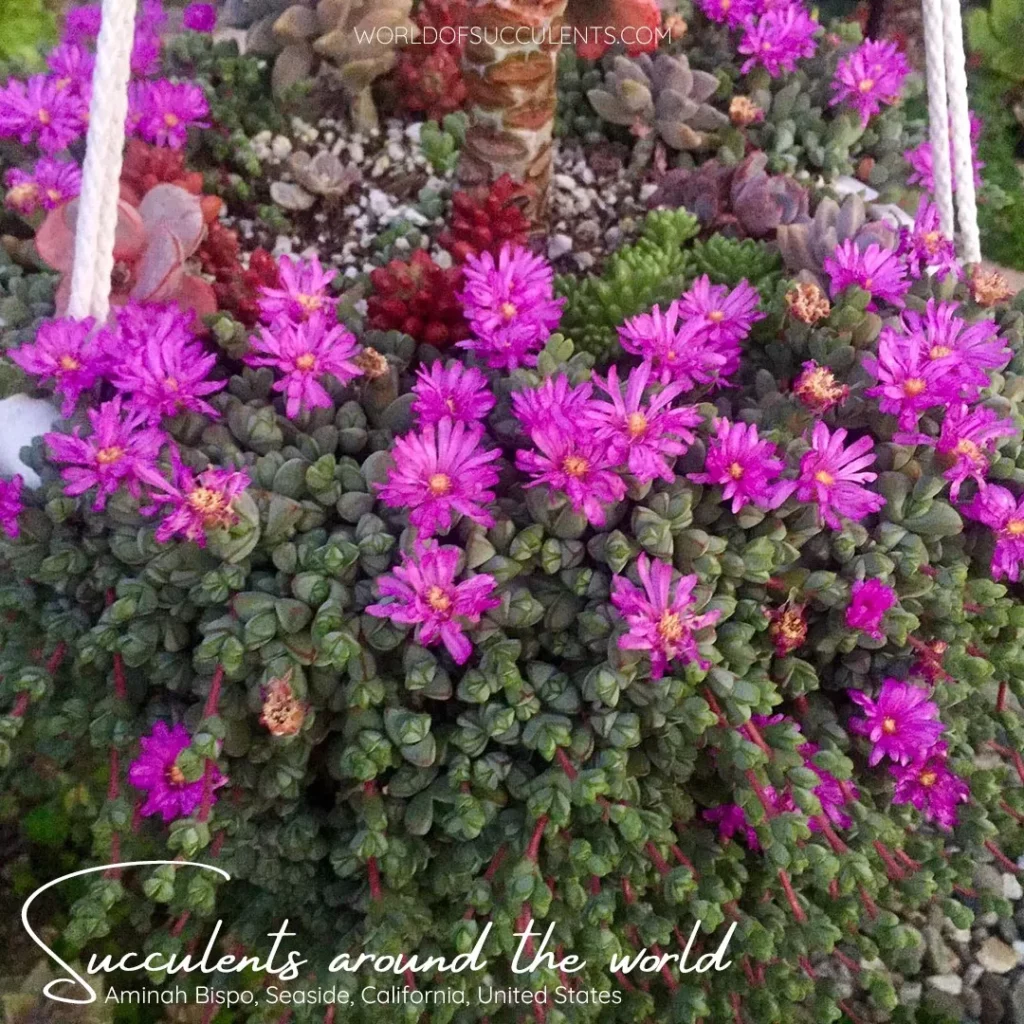
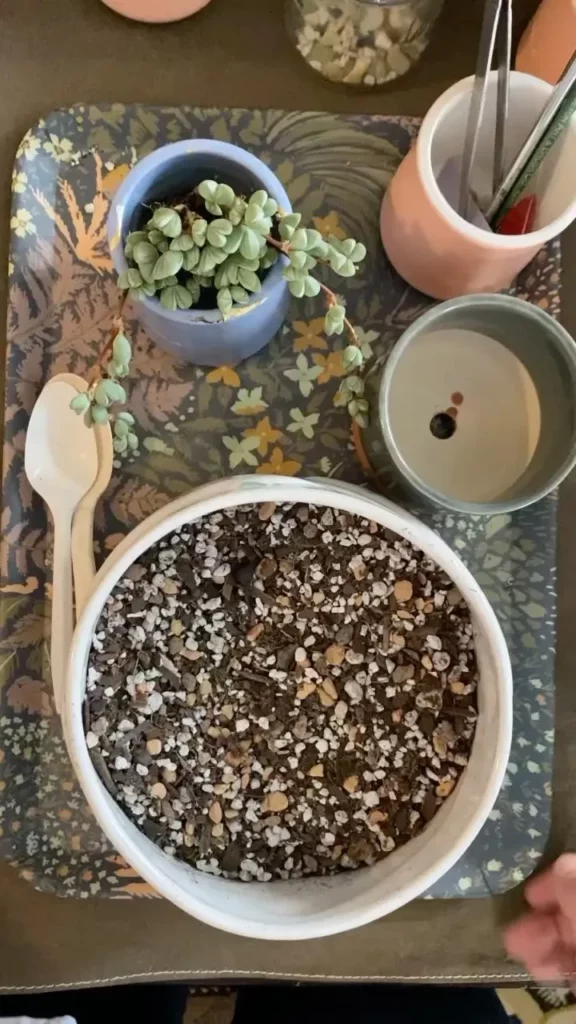
When it comes to potting your Braunsia plants, there are a few important factors to consider to ensure their optimal growth and well-being. Let’s explore these key considerations: pot size and soil mixture.
Pot Size
Choosing the right pot size is crucial for the healthy development of your Braunsia plants. It’s important to select a pot that allows ample room for the plants to grow and expand. Avoid confining them in small pots, as this can restrict their root growth and limit their overall potential. Opt for a pot that provides sufficient space for the roots to spread out and establish a strong foundation.
No products found.
Soil Mixture
The soil mixture you use for potting your Braunsia plants plays a vital role in their overall health and vitality. It’s recommended to use a loose, light, and well-ventilated soil mixture that promotes proper drainage and prevents waterlogging. This helps prevent the roots from sitting in water for prolonged periods, which can lead to root rot and other related issues. Ensure that the soil mixture is well-draining and does not retain excessive moisture.
Additionally, using a soil mixture that is rich in organic matter can contribute to the overall nutrient content and fertility of the potting mix. This allows the Braunsia plants to access essential nutrients for their growth and development. Consider incorporating peat moss, perlite, or vermiculite into the soil mixture to improve its texture and drainage capabilities.
Repotting
Braunsia plants benefit from repotting once a year with fresh soil mixture. This practice helps maintain their health and prevents the transfer of pests or diseases. When repotting, gently remove the plant from its current pot, taking care not to damage the roots. Place the plant in a new pot with fresh soil mixture, ensuring that it is positioned at the appropriate depth. Firmly compact the soil around the plant, providing stability and support.
Repotting also allows you to assess the root system of the plant and address any issues, such as root-bound conditions. If you notice extensive root circling or overcrowding, gently tease the roots apart or trim them to encourage healthier growth.
Propagation of Braunsia Plants
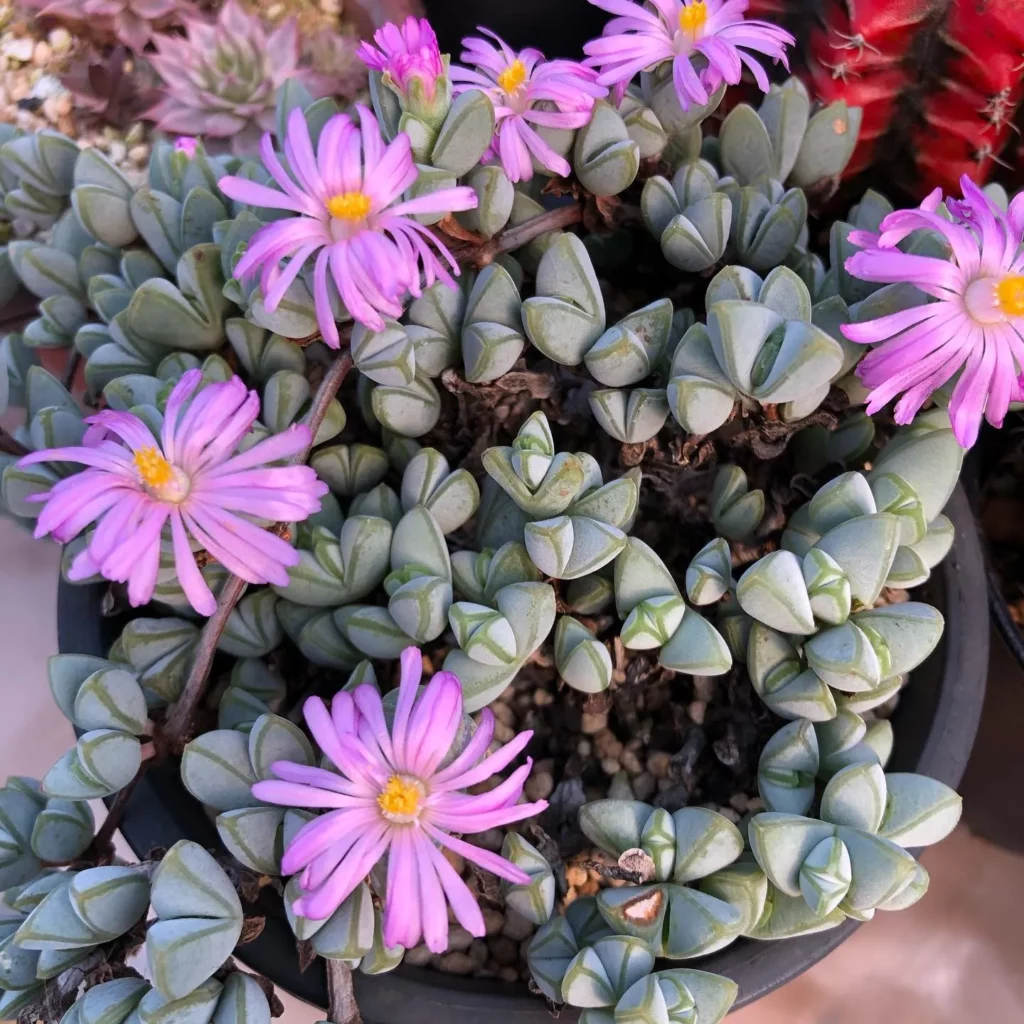
If you’re looking to expand your collection of Braunsia plants, you’ll be pleased to know that they can be easily propagated through various methods. Whether you prefer seed propagation, cutting propagation, or offset propagation, there’s a method that suits your preferences and gardening skills.
Seed Propagation
One way to propagate Braunsia plants is through seeds. Once your mature plant produces flowers, you can collect the seeds from the seed pods. Ensure that the seeds are fully ripe before collecting them. Sow the seeds in well-draining soil, and provide them with proper moisture and light. With patience and care, you’ll soon have new Braunsia plants sprouting from the seeds.
Cutting Propagation
If you already have a healthy Braunsia plant, you can take cuttings to propagate new plants. Choose a healthy stem and make a clean cut just below a node. Remove any lower leaves from the cutting, leaving only a few at the top. Prepare a suitable rooting medium, such as a mix of perlite and peat, and insert the cutting into the medium. Keep the cutting in a warm and bright location, ensuring that the soil stays moist but not saturated. Within a few weeks, the cutting should develop roots and can be potted to grow into a new Braunsia plant.
Offset Propagation
Another method of propagating Braunsia plants is through offsets. Offset propagation involves separating small plantlets that grow from the base of the parent plant. Locate the offsets and gently separate them from the parent plant using a clean knife or your hands. Be careful not to damage the roots. Plant the offsets in well-draining soil and provide them with the same care as mature Braunsia plants. With time, the offsets will establish their roots and grow into independent plants.
Growth and Development of Braunsia Plants
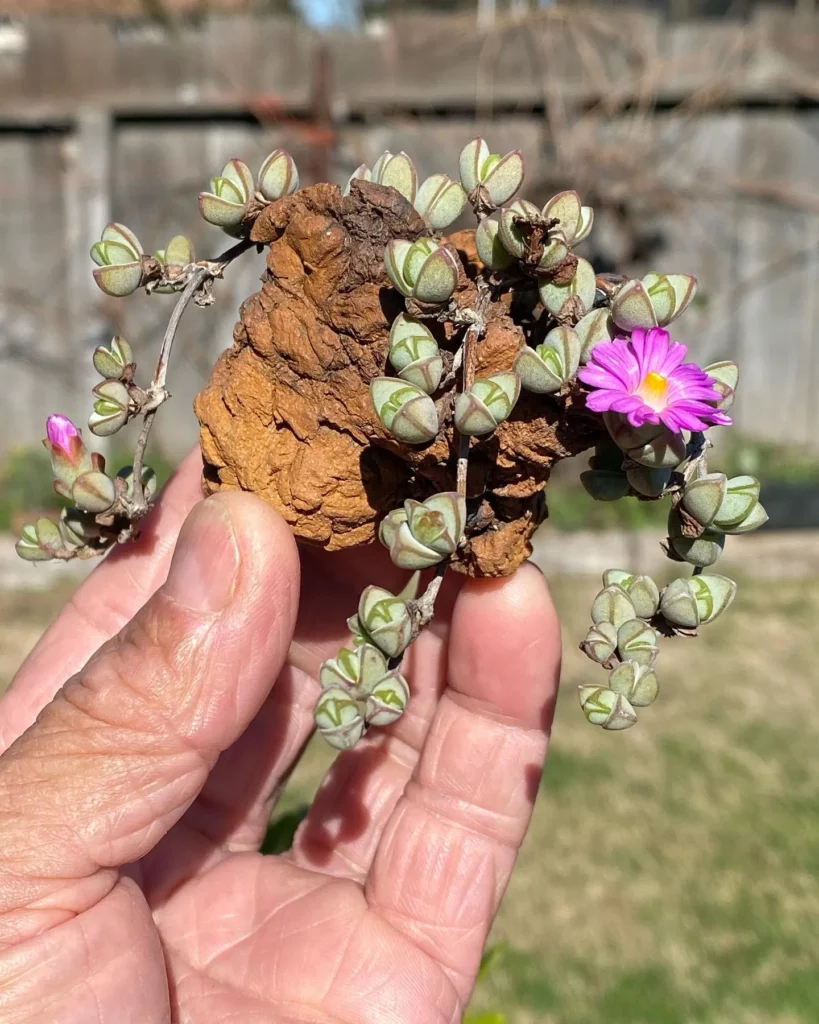
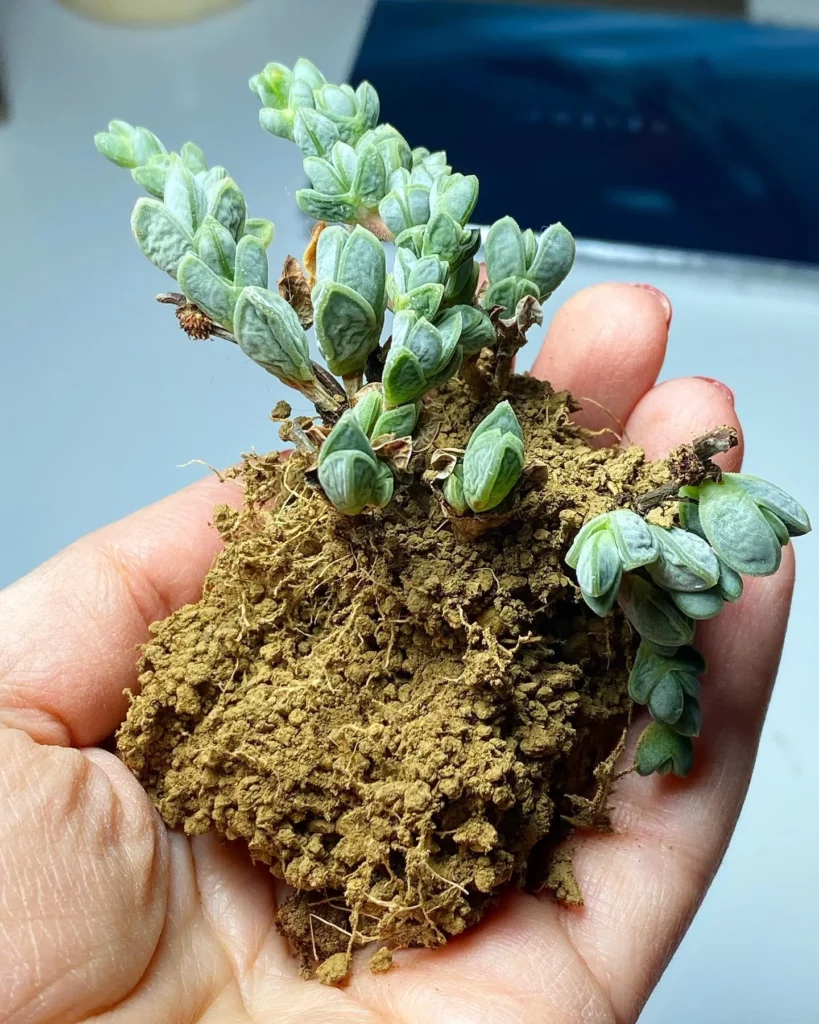
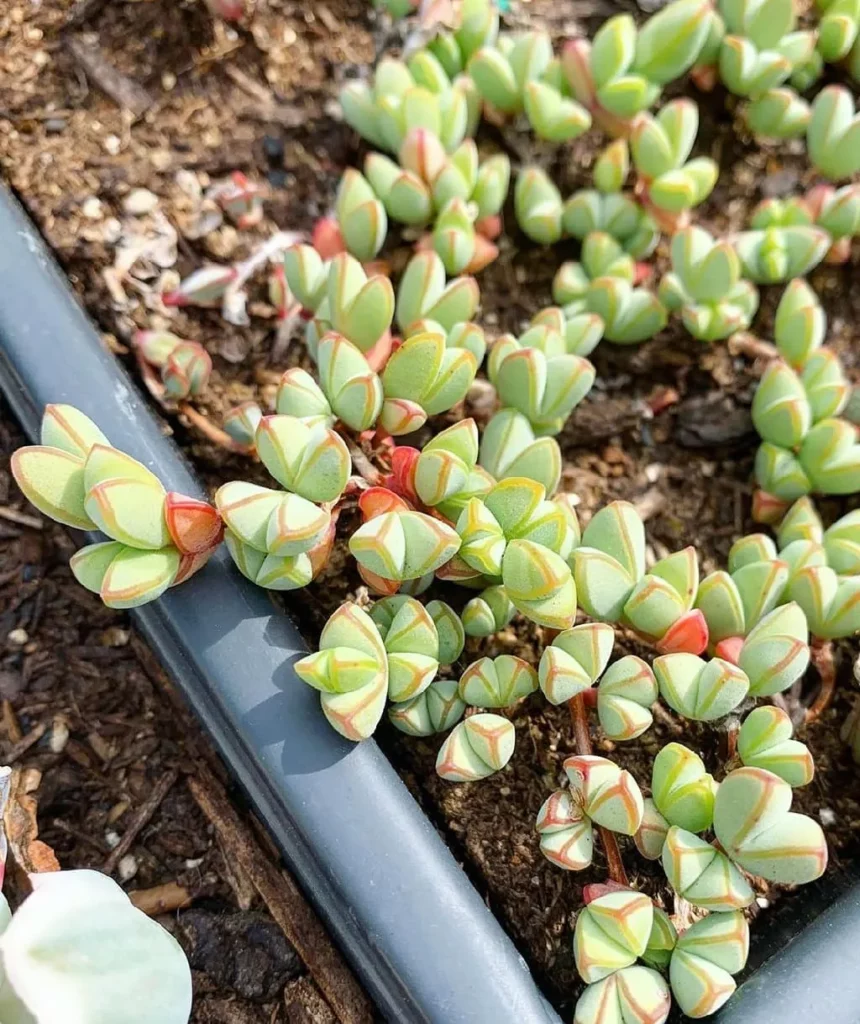
Braunsia plants are known for their moderate growth rate and unique development patterns. These succulent plants have trailing stems that can grow up to 7 inches long, allowing them to gracefully cascade over containers or hang from elevated surfaces. The stems of Braunsia plants often exhibit a slight bend, adding to their visual appeal.
The leaves of Braunsia plants are small, gray-green in color, and characterized by their boat-shaped or bean-like appearance. These distinct leaves contribute to the overall charm of the plant and make it a popular choice among succulent enthusiasts. Furthermore, the leaves play a crucial role in photosynthesis, ensuring the plant’s healthy growth and development.
Regular pruning is essential for maintaining the size and shape of Braunsia plants. By removing any dying or dead leaves, you encourage the plant to direct its energy towards new growth. Pruning also helps promote airflow, reducing the risk of fungal infections and ensuring the overall health of the plant. Remember to use clean and sharp pruning shears to avoid causing unnecessary damage to the plant.
In addition to pruning, repotting your Braunsia plant once a year is recommended to support its growth and development. This provides an opportunity to refresh the soil, ensuring optimal nutrient availability and drainage. When repotting, choose a slightly larger pot to accommodate the plant’s increasing size. Use a well-draining soil mixture that allows excess water to escape, preventing waterlogged roots and potential rot.
Pests and Diseases of Braunsia Plants

Braunsia plants are generally resilient and not prone to many pests and diseases. However, it is essential to be vigilant and watch out for potential issues that can affect the health of your plants.
Leaf Beetles
One common pest that can infest Braunsia plants is leaf beetles. These tiny insects can feed on the leaves, causing damage and weakening the plant. To prevent infestations, regularly inspect your plants for any signs of beetles, such as chewed or discolored foliage. If you notice leaf beetles, you can remove them by hand or use natural insecticides specifically formulated for succulent plants. Taking prompt action will help protect the overall health of your Braunsia plants.
Fungal Infections
Fungal infections can also pose a threat to the well-being of your Braunsia plants. These infections can occur due to overwatering, high humidity, or poor air circulation. To prevent fungal issues, make sure that your plants are not sitting in water and that the soil has good drainage. Avoid excessive misting or watering the foliage, as this can create a moist environment ideal for fungal growth. Regularly inspect the leaves for any signs of discoloration, spots, or powdery mildew. If you detect a fungal infection, prune off the affected parts and treat the plant with a suitable fungicide, following the manufacturer’s instructions carefully.
Prevention and Treatment
The key to maintaining the health of your Braunsia plants is prevention and prompt treatment of pests and diseases. By regularly inspecting your plants, you can catch any issues early on and take necessary steps to address them. Additionally, providing the right cultural conditions, such as proper watering and well-draining soil, can help strengthen the plant’s natural defenses against pests and diseases. If you are unsure about the specific pest or disease affecting your Braunsia plants, consult with a local horticulturist or garden center for expert advice and recommendations.
Summary of Braunsia Plant Care
When it comes to caring for Braunsia plants, you’ll be glad to know that they are relatively low-maintenance. By following a few simple care tips, you can ensure the healthy growth and vibrant beauty of these wonderful plants.
First and foremost, it’s important to provide your Braunsia plants with moderate watering during their active growth period. This means watering them regularly but allowing the soil to dry out slightly between waterings. Using well-draining soil with good drainage is crucial for preventing waterlogged roots and potential rotting.
Additionally, Braunsia plants thrive in bright, indirect sunlight. Place them in a location where they can receive adequate light throughout the day. During the colder seasons, they can tolerate a bit more direct sunlight. Regular feeding with a balanced fertilizer during the growing season will provide the necessary nutrients for their healthy development.
For propagation, you have several options. Braunsia plants can be easily propagated through seeds, cuttings, or offsets. With the right conditions, you can successfully grow new plants and expand your collection. Finally, keep a close eye on your Braunsia plants for any signs of pests or diseases. Promptly addressing any issues ensures the overall well-being of your plants.
With these care guidelines in mind, you can enjoy the beauty of Braunsia plants in your garden or home. Their unique appearance and easy care make them a delightful addition to any plant enthusiast’s collection.
FAQ
How do I grow Braunsia plants?
To grow Braunsia plants, provide them with moderate watering during the late fall to early spring and keep the soil somewhat dry the rest of the time. They thrive in porous soils with excellent drainage. It is essential to avoid overwatering. Also, ensure they receive adequate sunlight and consider feeding them during their growing season.
What are the unique features of Braunsia plants?
Braunsia plants have partially fused leaves with serrated edges, typically in gray-green color. They produce beautiful flowers in winter and spring, ranging in color from salmon to pink to white. The flowers add a vibrant touch to any garden or home.
What are the light requirements for Braunsia plants?
Braunsia plants thrive in bright shade during the summer season and full sun during the other seasons. They enjoy a good amount of sunlight but can also tolerate some shade. Placing them in an area where they receive adequate light is essential for their healthy growth and development.
How often should I water Braunsia plants?
Braunsia plants require moderate watering during their active growth period, which is from late fall to early spring. The rest of the time, the soil should be kept somewhat dry. It is important to check the soil moisture before watering and avoid overwatering, as it can lead to root rot.
Do I need to fertilize Braunsia plants?
Braunsia plants do not require frequent fertilizing. Most potting soils come with ample nutrients that the plants can utilize for new growth. However, it is advisable to replenish the nutrients by repotting the plants after they have doubled in size or once a year, whichever comes first. Feeding the plants during their growing season helps ensure their overall health and vitality.
How should I pot Braunsia plants?
When potting Braunsia plants, it is important to choose a pot size that allows for their full growth. Using a loose, light, and well-ventilated soil mixture is recommended to promote proper drainage and avoid clogging. Repotting the plants once a year with fresh soil mixture helps maintain their health and prevents the transfer of pests or diseases.
How can I propagate Braunsia plants?
Braunsia plants can be easily propagated through seeds, cuttings, and offsets. Seeds can be collected from mature plants and sown in well-draining soil. Cuttings can be taken from healthy stems and rooted in a suitable rooting medium. Offsets, small plantlets that grow from the base of the parent plant, can also be separated and replanted to propagate new Braunsia plants.
How can I promote the growth and development of Braunsia plants?
To promote the growth and development of Braunsia plants, regular pruning is recommended to remove any dying or dead leaves. It is also beneficial to repot the plant once a year, as it helps maintain its health and stimulates growth. Braunsia plants have trailing stems that can root at each node, and their size and shape can be maintained through proper care and maintenance.
What pests and diseases should I watch out for in Braunsia plants?
While Braunsia plants are generally resilient and not prone to many pests and diseases, it is essential to watch out for leaf beetles, tiny insects that may infest the plants. Regularly checking the plants for fungal infections is also important, as these can lead to more serious issues. Treating any pests or diseases promptly is crucial to maintaining the health of the Braunsia plants.
What are the key points to remember for caring for Braunsia plants?
To summarize, Braunsia plants are relatively easy to care for. They require moderate watering, well-draining soil, and adequate sunlight. Regular feeding, occasional pruning, and repotting the plants when necessary promote their healthy growth and vibrant appearance. Braunsia plants can be propagated through seeds, cuttings, or offsets. Monitoring for pests and diseases and taking necessary action ensure the plants’ overall well-being.





